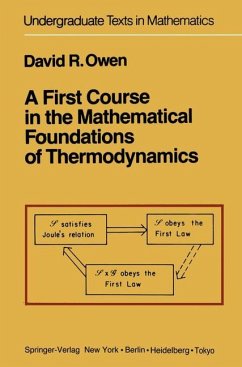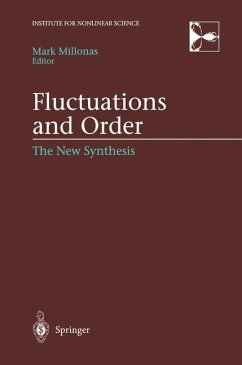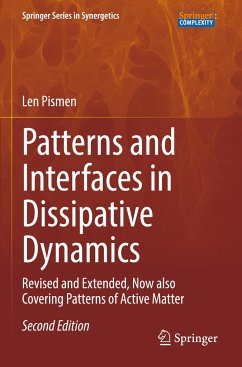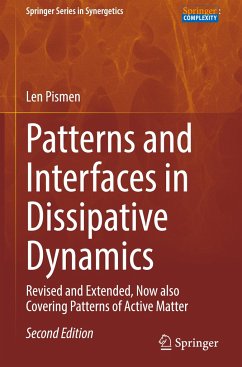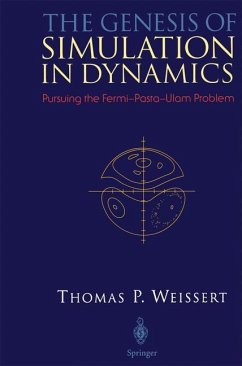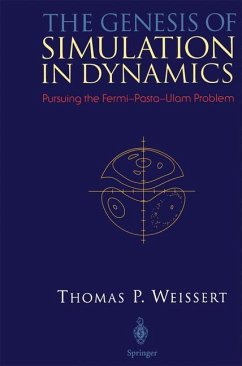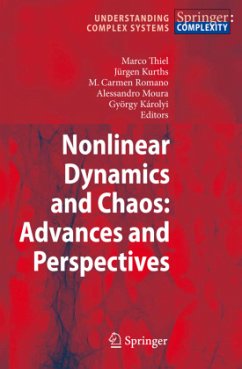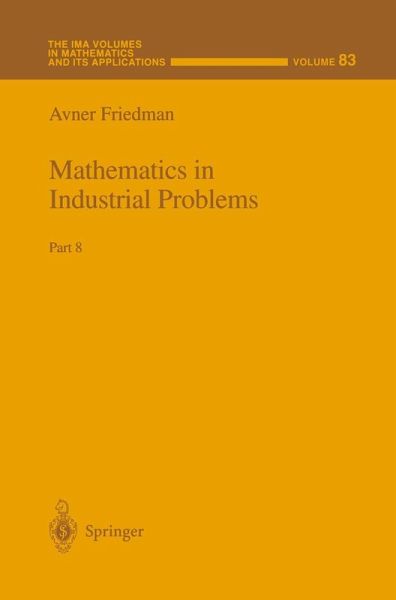
Mathematics in Industrial Problems
Part 8

PAYBACK Punkte
38 °P sammeln!
This is the eighth volume in the series "Mathematics in Industrial Prob lems." The motivation for these volumes is to foster interaction between Industry and Mathematics at the "grass roots level"; that is, at the level of specific problems. These problems come from Industry: they arise from models developed by the industrial scientists in ventures directed at the manufacture of new or improved products. At the same time, these prob lems have the potential for mathematical challenge and novelty. To identify such problems, I have visited industries and had discussions with their scientists. Som...
This is the eighth volume in the series "Mathematics in Industrial Prob lems." The motivation for these volumes is to foster interaction between Industry and Mathematics at the "grass roots level"; that is, at the level of specific problems. These problems come from Industry: they arise from models developed by the industrial scientists in ventures directed at the manufacture of new or improved products. At the same time, these prob lems have the potential for mathematical challenge and novelty. To identify such problems, I have visited industries and had discussions with their scientists. Some of the scientists have subsequently presented their problems in the IMA Seminar on Industrial Problems. The book is based on the seminar presentations and on questions raised in subsequent discussions. Each chapter is devoted to one of the talks and is self-contained. The chapters usually provide references to the mathematical literature and a list of open problems that are of interest to industrial scientists. For some problems, a partial solution is indicated briefly. The last chapter of the book contains a short description of solutions to some of the problems raised in the previous volume, as well as references to papers in which such solutions have been published.





